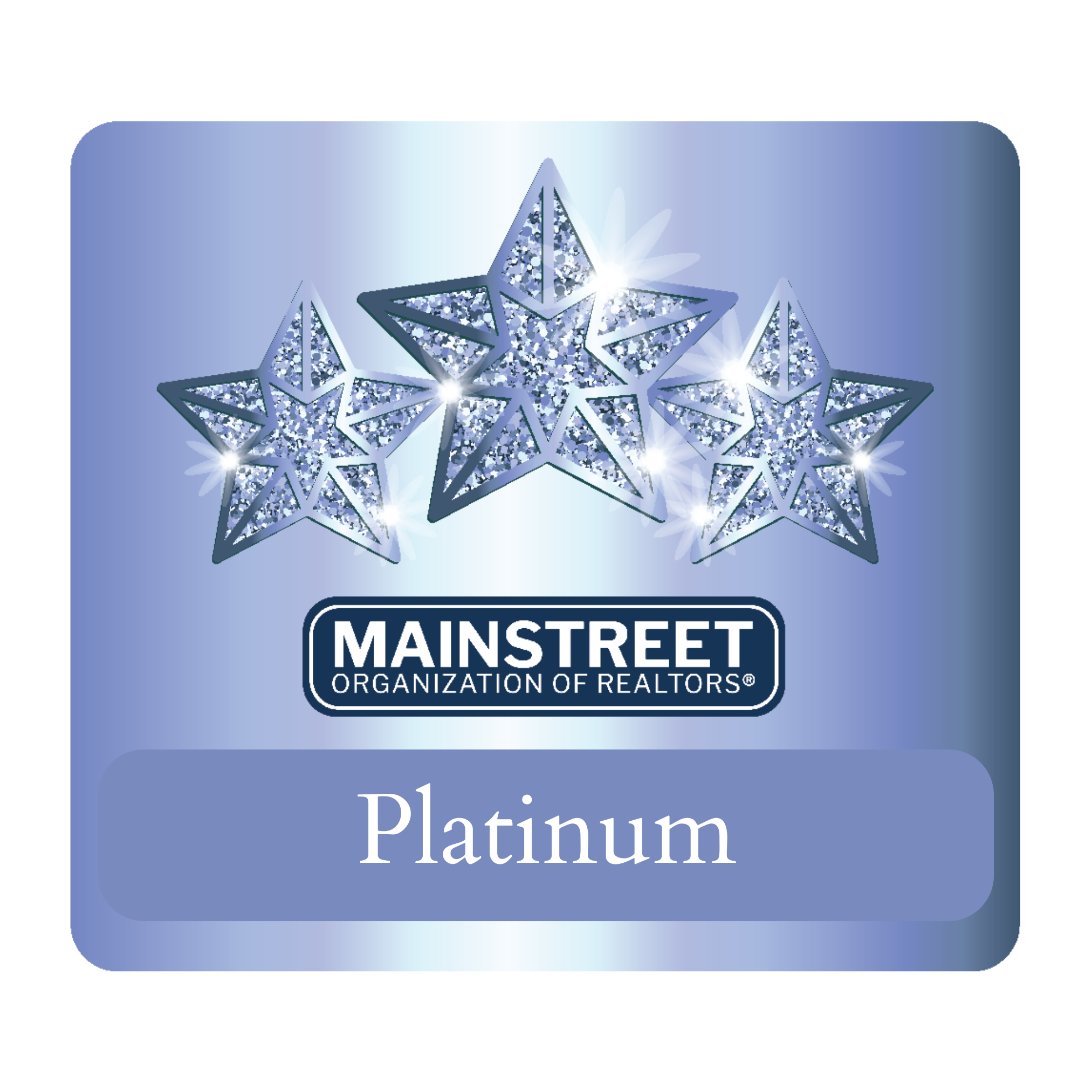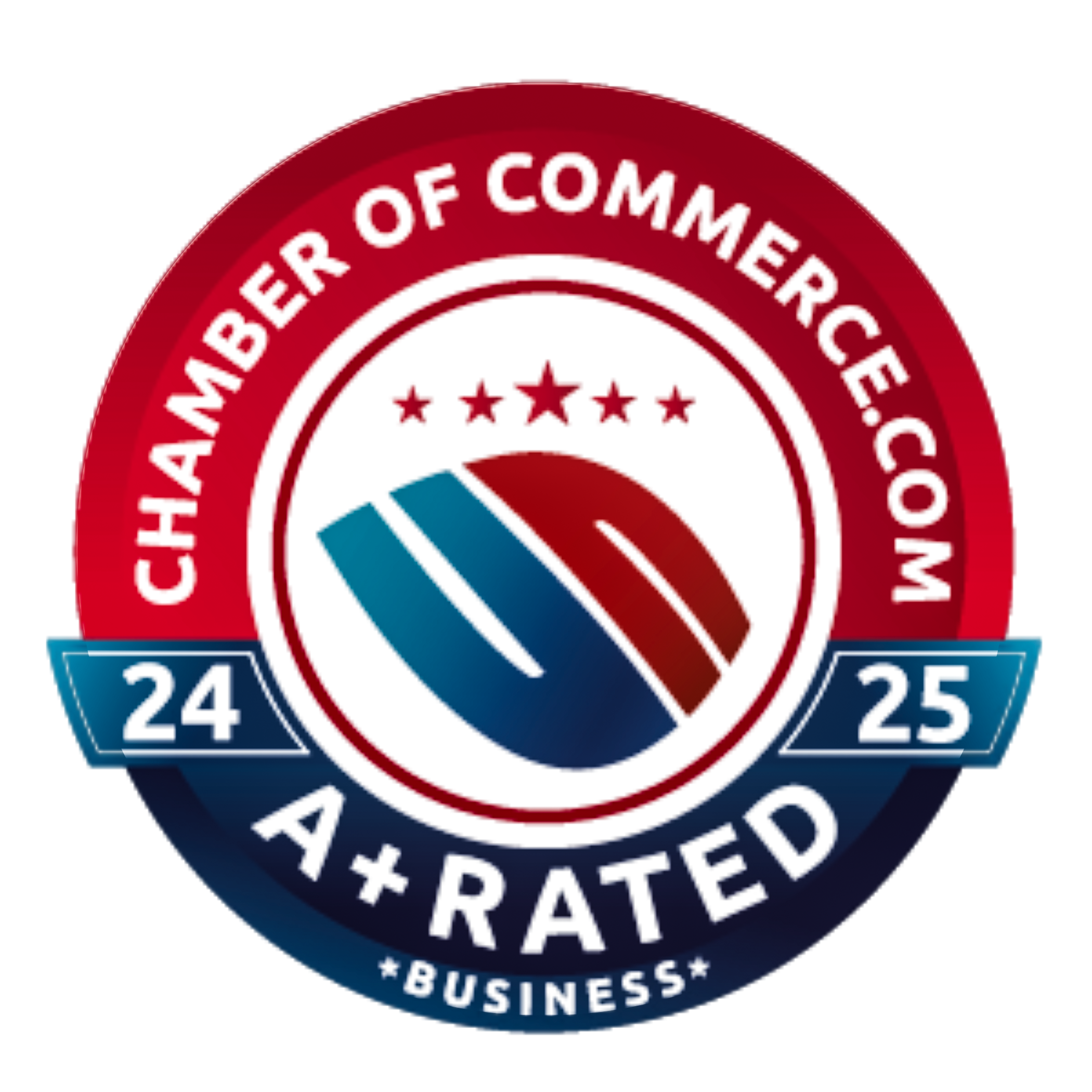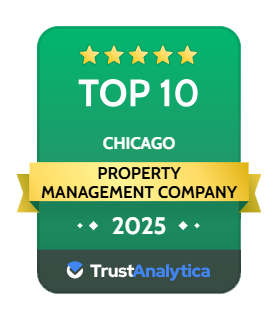Investment properties can be a great way to reach financial freedom thanks to the constant income stream. As an investor, it is extremely important that you accurately (keyword!) calculate the rate of return on a rental property prior to purchasing it. This will determine if the investment is worth the resources (time, money, energy, etc) you’ll need to allocate toward it. As a real estate investor, you should know the importance of the return on investment (ROI), but sometimes it can be challenging to calculate it accurately as it can easily be manipulated.
One thing to keep in mind is there are many different ways to evaluate your return on investment. Some investors use the internal rate of return (IRR), cap rate, cash on cash return, cash flow per door, and many more. For the purposes of this article, we will focus on my favorite metric which is cash on cash return. I prefer this because it is very simple and it allows me to compare apples to apples to other investments like stocks, bonds, or cryptos. Another thing to keep in mind is that every investor has their own judgment of what a good "ROI" is. You may need to hit a double digit cash on cash return while some people would be thrilled with a 6% annual return on their money.
In order to calculate the cash on cash return, we’re going to need to calculate the actual or estimated cashflow. The term “cashflow” is thrown around a lot so before we begin, let’s briefly discuss exactly what cashflow is….
Cashflow - Cashflow is the income that is generated when your rental returns are greater than your monthly expenses. Also known as "mailbox money", it is one of the most common rental property ROI calculations. This money is also after setting aside a certain amount for any future repairs.
Cashflow = Total Income - Total Expenses
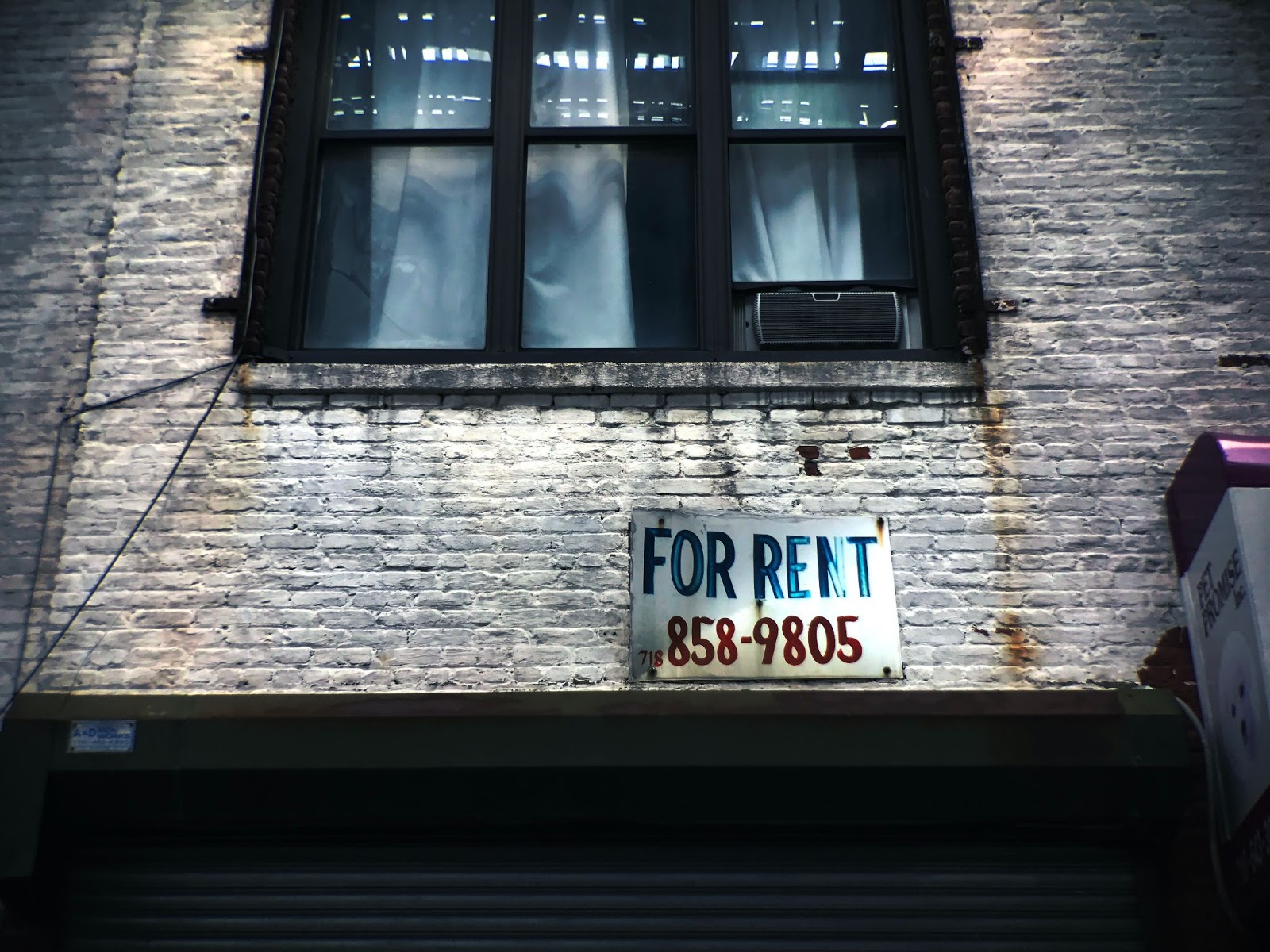 Before buying any property, you must do your due diligence and thoroughly analyze the income and expenses to get an accurate ROI. We recommend landlords focus on positive cash flow returns.
Before buying any property, you must do your due diligence and thoroughly analyze the income and expenses to get an accurate ROI. We recommend landlords focus on positive cash flow returns.
Total Income - To calculate your total income investors should add up all of the income for the property. The primary source will be rent, however there are cases when the total income is not only the rent, but can also include application fees, pet fees, late fees, laundry etc.
Total Expenses - When we talk about expenses, there are several that can be easily missed. As a property owner, every detail counts to accurately calculate your ROI. Some examples of expenses are: mortgage, taxes, property management, utilities, maintenance, vacancy etc.
Now that we have that out of the way, let’s get down to business! To calculate your cash on cash return on investment in its simplest form, you’re going to need to know your annual cashflow and how much cash you’ve invested (or will be investing) in the property. In order to do figure out your cashflow and the money you’ve invested, you’ll need to gather the following information:
Income:
- Rent
- Laundry
- Parking
- Storage
- Any other additional income generated from the property (ie. billboard on the side of the building that you rent to a local business)
Expenses:
- Taxes
- Insurance
- Utilities (water, gas, electric, etc)
- Trash
- Management fees
- Monthly Repairs
- Monthly capital expenditures (improvements)
- Any additional expenses
Other Factors:
- Vacancy
- Monthly mortgage payments
All In Costs:
- Financing/acquisition/closing costs
- Down payment amount
- Initial capital expenditures
- Any additional upfront/first year costs
To calculate cashflow:
Step 1: Add up all of your annual income.
Step 2: Add up all of your annual expenses
Step 3: Add up any “other factors” such as vacancy and mortgage payments
Step 4: Subtract you annual expenses and other factors from your annual income
Example: Annual income: $50,000
Annual expenses: $25,000 -
Other Items: $15,000 -
Annual Cashflow: $10,000
The all in cost should be much easier to calculate. If you put down $80,000 for the down payment and financing costs and did $20,000 worth of repairs, you’re all in for $100,000.
Now that you have your cashflow and all in numbers, you’re going to want to divide your cashflow by your all in cost. It should look like this: Cash on cash return = cashflow / all in cost. For this example, if you cashflow $10,000 per year, and you’re all in for $100,000, your cash on cash return would be 10% ($10,000/$100,000).
Once you get the hang of it, you’ll be able to calculate this quickly and become much more accurate. This will become an extremely valuable skill to have as you embark on your real estate journey. If you really want to speed the process up, reach out to us for our free Investment Property Analyzer. This tool will allow you to accurately analyze an investment deal in minutes while ensuring you’re not forgetting any income or expenses in your calculations. If you’re interested, feel free to email us at office@landmarkrgc.com and we will send it over free of charge.

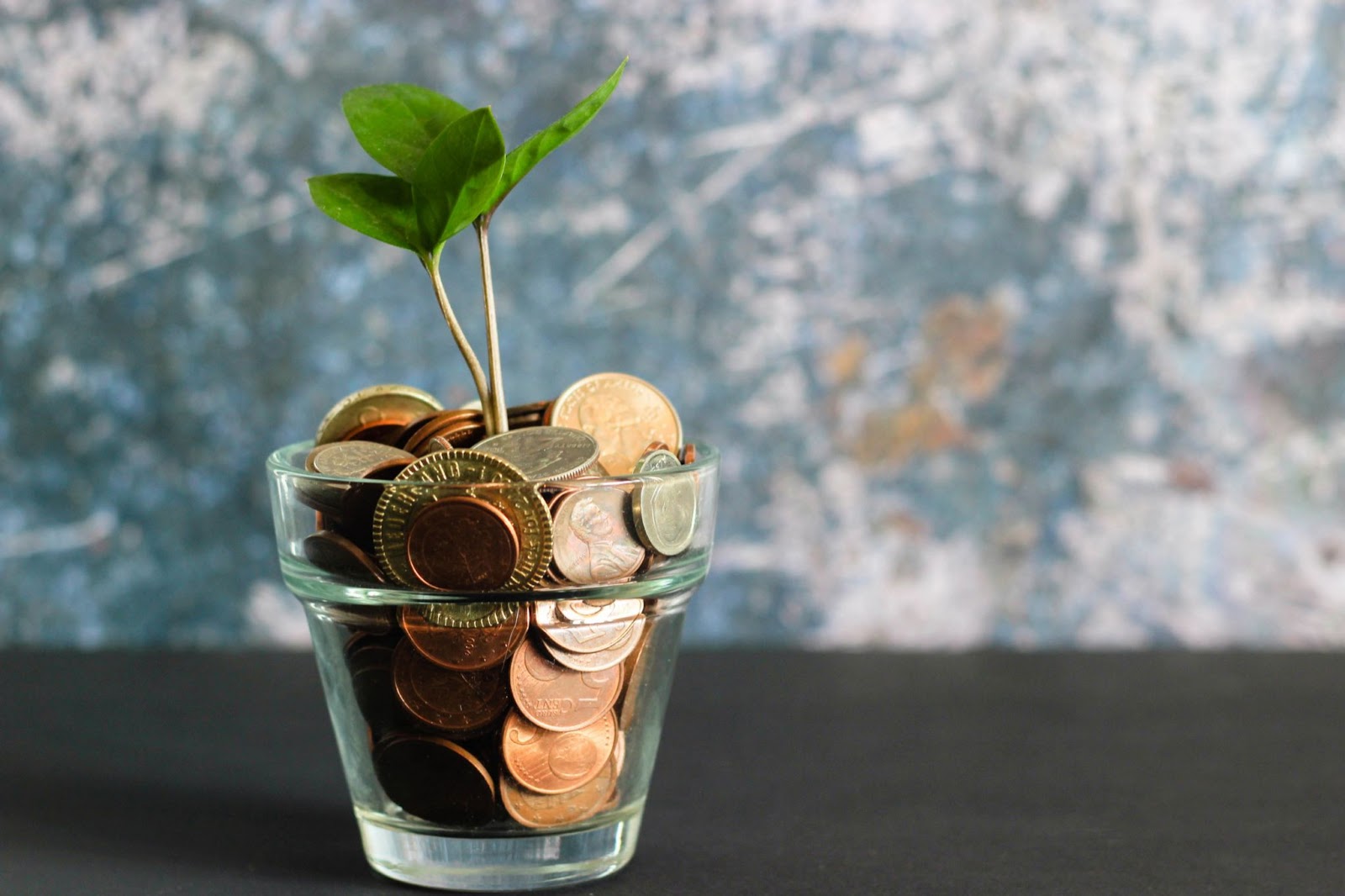

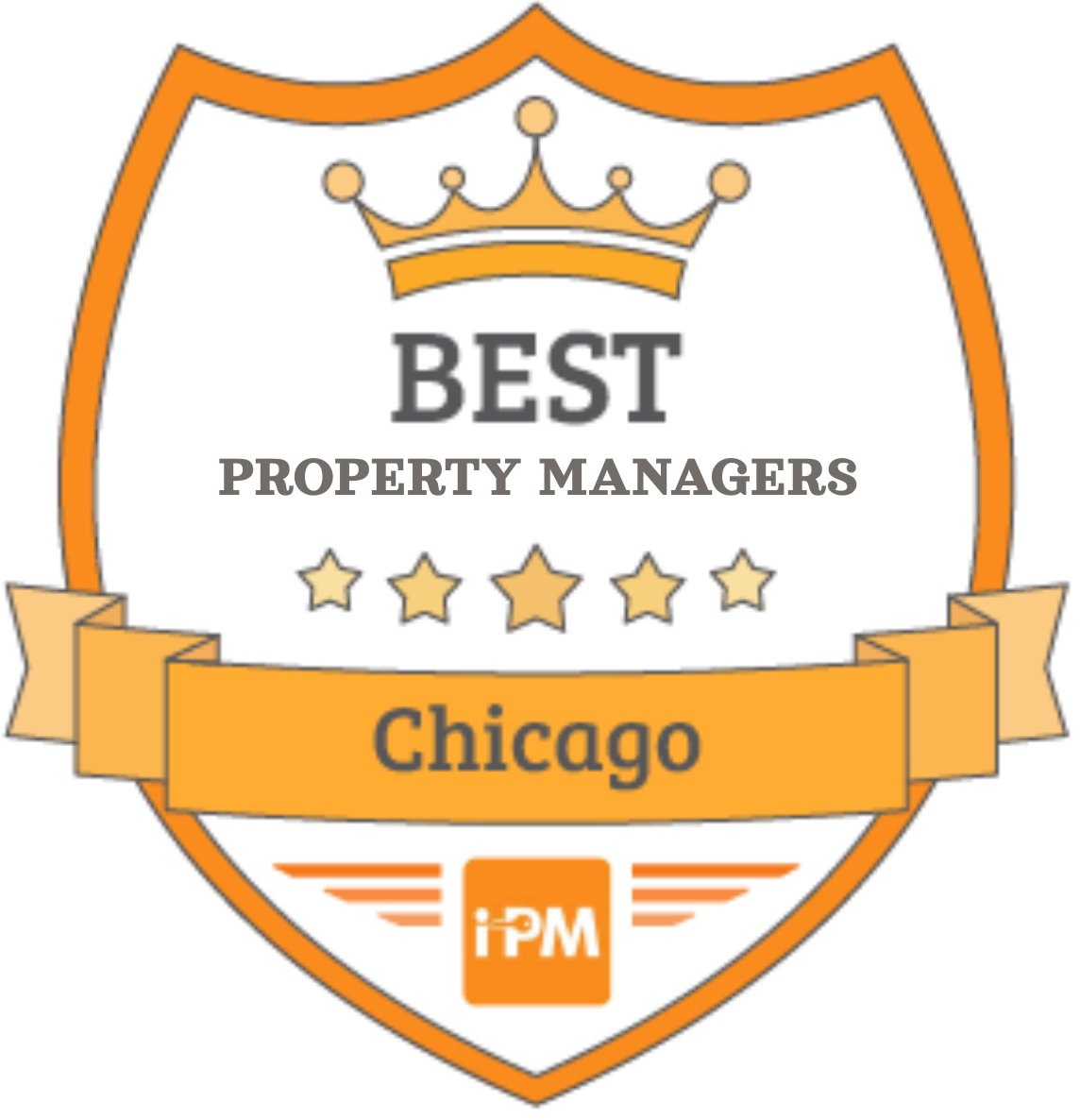
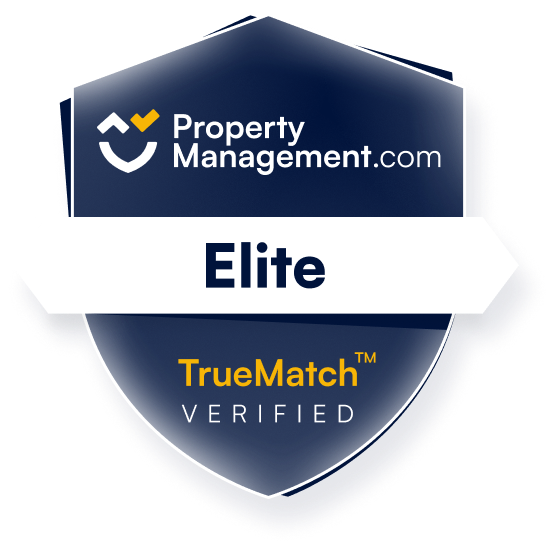
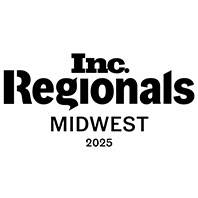
.png)
